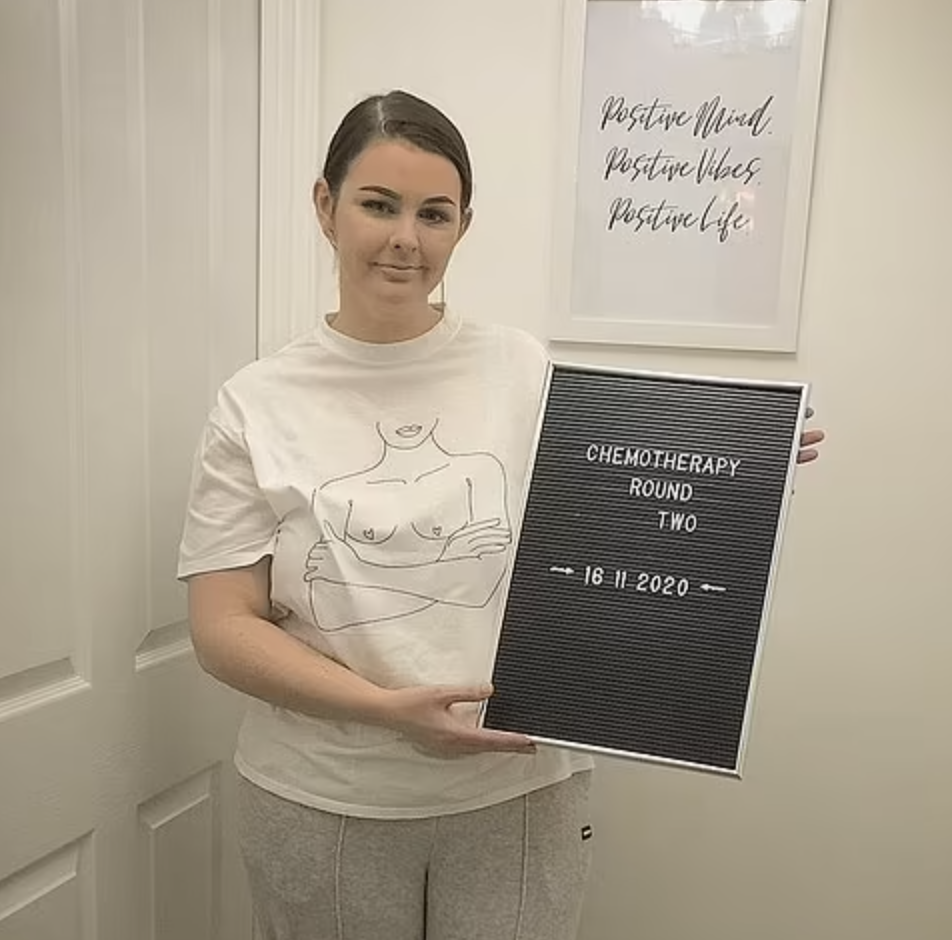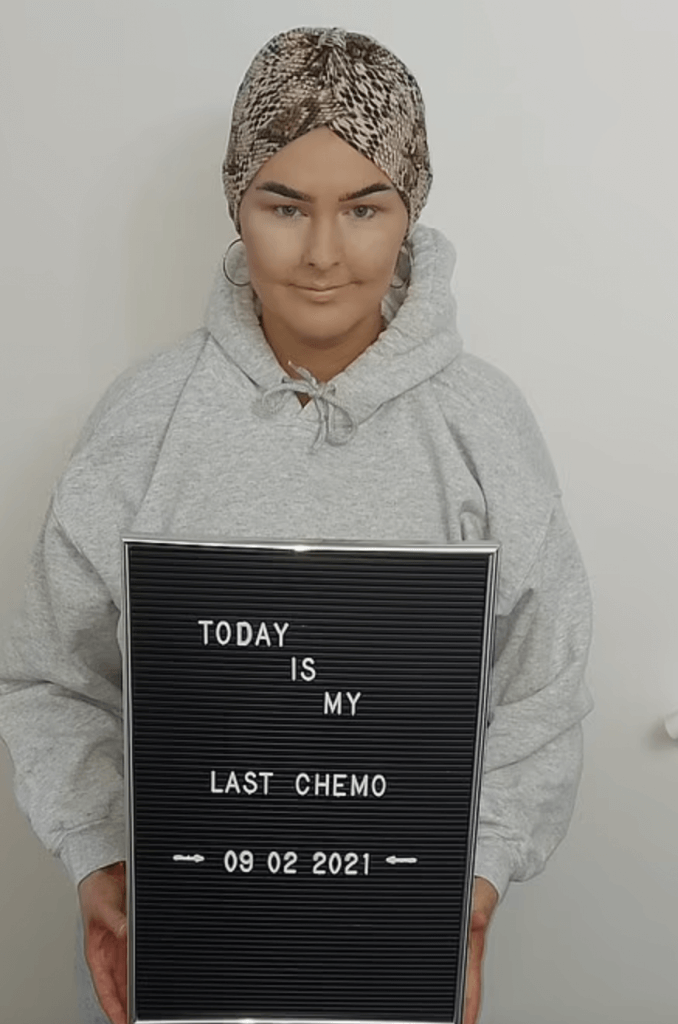Lorna's Discovery
- At 29, new mom Lorna Cobb of Scotland was diagnosed with breast cancer after discovering a lump in her breast while applying fake tanner; she was first told it was a blocked milk duct.
- Cobb was later diagnosed with HER-2-positive breast cancer; Cobb had months of chemotherapy, surgery, as well as radiotherapy following her diagnosis.
- Women aged 45 and 54 should have annual mammograms to screen for breast cancer.
Related: Getting to Know Your Breasts with Self-Exams
Read More
Cobb’s Treatment & Detection
Two months later, she was rushed to the hospital where she was diagnosed with HER-2 positive breast cancer. Doctors told Cobb she would need chemotherapy, surgery, and also radiotherapy to treat this fast-growing cancer.“Doing my fake tan saved my life,” Cobb says, reports The Daily Mail. “I was applying the tan from my neck down to my chest and as I was doing it I felt something hard, then I took off the mitt and had a feel. When I grabbed onto it I could feel the lump in my hand, it was the size of a plum. I remember thinking, ‘Oh my god,’ I totally didn’t expect it.” She adds, “I was pretty panicked.”

Cobb had months of chemotherapy, surgery, as well as radiotherapy following her diagnosis. She had her last round of chemo in February 2021. As a result of treatment, Cobb lost some of her hair, which is a common side effect of chemo.
Chemotherapy for Breast Cancer Patients
Screening for Breast Cancer
In addition to self-exams at home, mammograms are also used to detect breast cancer.
Women aged 45 and 54 should have annual mammograms; women with a history of breast cancer in their family should begin screening even earlier. Dr. Connie Lehman, the chief of the Breast Imaging Division at Massachusetts General Hospital, emphasizes in an earlier interview how mammograms save lives. She says, "If you haven't gone through menopause yet, I think it's very important that you have a mammogram every year. We know that cancers grow more rapidly in our younger patients, and having that annual mammogram can be lifesaving."
Related: When You're Getting a Mammogram, Ask About Dense Breasts
"After menopause, it may be perfectly acceptable to reduce that frequency to every two years," says Dr. Lehman. "But what I'm most concerned about is the women who haven't been in for a mammogram for two, three, or four years, those women that have never had a mammogram. We all agree regular screening mammography saves lives."
When Should I Get a Mammogram?
Learn more about SurvivorNet's rigorous medical review process.


